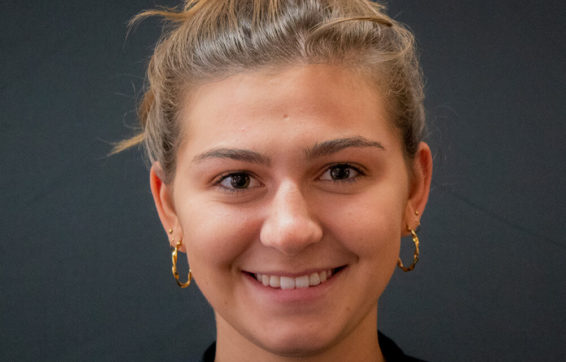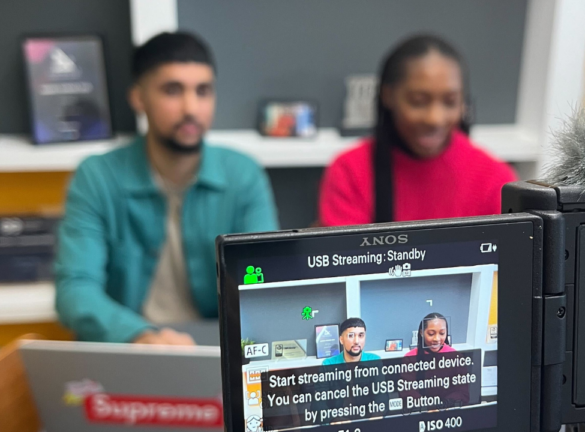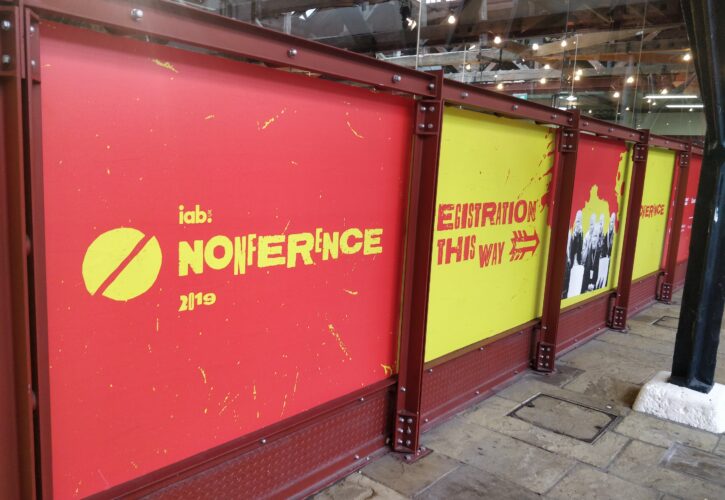
IAB Nonference 2019 – Why shouldn’t a conference be as fun as possible?
Preparing for Nonference, I had a small idea of what I was in store for, I knew it wouldn’t be a conventional conference, with the advertisements giving a hint, “don’t take notes, take part” but the reality was far more impressive. After making my way to Tobacco Docks, I soon realised that I was in for a treat. For anyone looking to both be educated and engaged, this is the conference for you.
Nonference has taken the traditional conference structure and turned it on its head – it’s a perfect example of how traditional, presentation-based conferences are able to re-invent themselves for the modern day, delivering relevant content through the medium of immersive and engaging live experiences.
From immersive meditation with 3D headphones, to building bots and creating your own Voice skill, the IAB offered a broad range of sessions, each surprising you at their nuanced take on the conference session.
The result? A lot of fun, cocktails and some happy conference goers – we have put together a couple of the sessions we attended to share our experience at IAB’s Nonference.
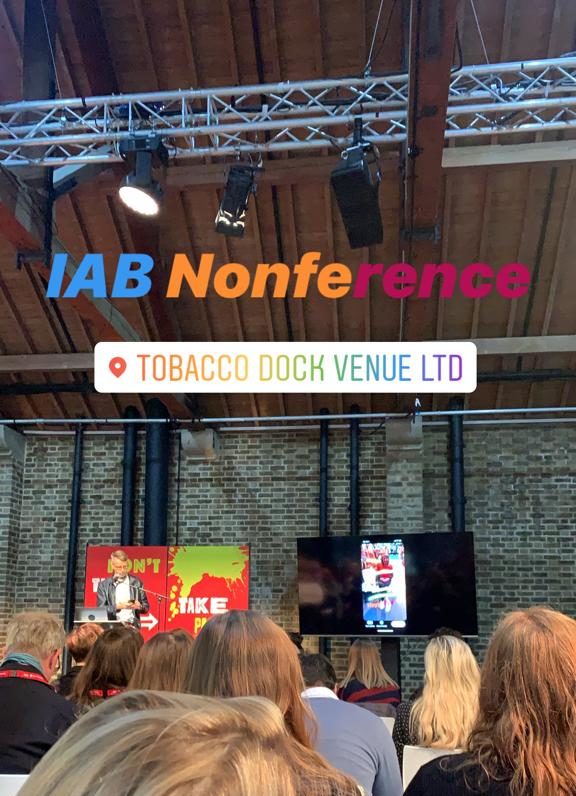
Generation Media – Move over Millennial’s
This session offered insight into working with Generation Alpha, from an agency, client and third-party point of view through a panel, even consisting of the Kidfluencers parents themselves. They spoke about the changing role of influence for this generation, moving from traditional forms such as TV, to digital platforms like YouTube. The discussion of how agencies and brands should change their strategy to follow the changing user behaviour of this generation was pertinent, with the Head of Marketing from Beano using their own company as an example. As the only publishers physically left on Fleet Street, they knew they had to change their strategy to survive. From going online, to holding focus groups in order to find out what’s hot on the playground, they have adapted their strategy for generation Alpha.
The session raised interesting points about the changing nature of the market opportunities by generation. Research by Super Awesome found that more than nine in ten kids in the US between the ages of 4-11 have access to a smart speaker, 20% of which engage with their smart speaker for more than five hours a week. Generation Media’s insights demonstrated how agencies and marketers will have to adjust their strategies to this demographics changing user behaviour who are ultimately, the future.
Lots of questions came up in the Q&A about the ethicality of children starting a career so young and where to draw the line in how much of the children’s lives are shared to the world. The topic of mental health was also raised, in the context of many older generations aware of the detrimental effects which social media can have on mental health and general outlook on life and success.
Blockchain – The Missing Link? with the 7stars
Dom from the 7 stars took us through a brief history of blockchain, from shifty beginnings in prisons to a force set to revolutionise the global financial system. Dom explained, and showed through a cross-audience data-transfer activity, that blockchain is essentially just a very reliable, efficient and trustworthy way of transferring data through an incorruptible digital ledger.
In the world of programmatic, many people are lionizing blockchain as some kind of holy grail. Dom argued against this, saying that blockchain really working is a long way away, as there are so many links in the chain, meaning that all the different players in the process would have to commit to this new process in order for it to work properly. When pressed, Dom admitted that for Blockchain to work for programmatic, it would have to start with the publishers.
Born Online: The Direct to Consumer Brands Reshaping Retail with IAB UK
The IAB hosted a fascinating session on DTC brands, starting with unveiling of their own research. The report, consisting of a list of top DTC brands, a consumer survey and interviews with founders showed that these brands tend to have clear purpose and digital channels at their core, and they always try to super-serve their audience – which tends to be young, affluent and urban.
In the second half of the session, Steph Douglas and Kate Huang, the founders of Callaly and Don’t Buy Her Flowers, were up on stage discussing their start-up stories. For Steph, it had been all about leveraging her personal experience to get a new perspective on what women actually want. Kate discussed innovating on both a product, and purchase behaviour level, and talked about the difficulties faced in challenging inertia in the period product vertical.
Both brands evoke strong positive emotional reactions from their user-base, generating powerful brand advocates. In terms of marketing, Kat and Steph both agreed that at the beginning PR was key, but now as they grow digital is becoming more and more important as they test and learn and grow. When asked about top tips for starting out the advice was to be more patient, and not to be fooled into thinking that running a business was just something else you could do on top of your normal life.
No Waze! with Waze
67% of Brits drive to work, and Waze is on a mission to improve their lives (and the lives of drivers around the world!) by eliminating traffic. In a world where we are increasingly time-poor, traffic can be a huge frustration, so Waze set out to use crowd-sourced data to get rid of it. With 3.2 million monthly users and 2.2 million reports per month, their mission is well underway.
The amount of brand-love surrounding Waze is impressive, for what is essentially a tech brand, with one user reportedly saying that Waze saved his marriage because him and his wife had now stopped arguing in the car. We also welcomed to the stage a Waze senior map editor – a volunteer with over 250,000 map edits.
Waze fund their maps with ads, so commercial opportunities were a part of the talk. With examples of BP and M&S ads being targeted to users in the right place at the right time through the app. There was also the example of getting guest voices into the map to promote films.

The Box Bingo with Simon Andrews from Mobile Fix
As TV reinvents itself and tries to find a model that works for advertisers, platforms and viewers , billions of dollars are at stake and experimentation is the order of the day. TV advertising has been too untargeted for too long, but now with developments like Sky Adsmart emerging (which has decreased channel-hopping by 33%) the landscape seems set to change.
Cord-cutting is gathering pace, led by the US, as people rebel against paying through the nose for hundreds of channels that they’ve never watched, this leads to opportunities for new players. Disney’s new service is launching soon, and Amazon has now got rights to show a string of Premier League football games in December.
Mergers and Acquisitions have proliferated across the sector as people sense the gap between TV and Digital closing and there have been rumours of Apple trying to purchase Netflix.
The great debate, at the moment, is around subscriber or ad funded TV. In the US, there seems to be a sentiment that ads are for poor people. Simon however believes that ads still have a big future in the world of TV, there is an opportunity for brands to innovate and make truly great content, such as BMW Films’ “The Hire” by Weiden+Kennedy.
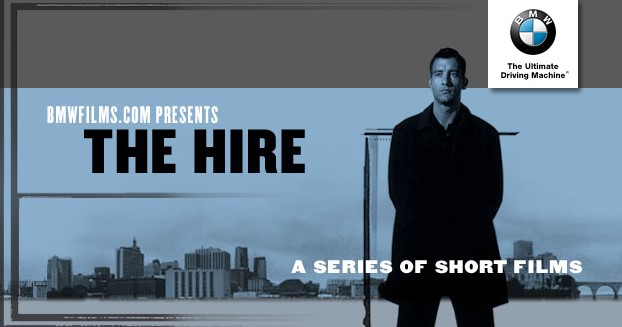
Build a Bot with Rakuten Viber
In this workshop session we sat with a laptop and a team of six and set out to build a bot in just forty minutes. We had a good chuckle designed a conversation between a consumer and Sir Alan Sugar to promote the BBC’s Apprentice, while the other team representing TIPi Group won with a clever quiz to find out which Beyoncé song matches your personality, oh yes we did.
The Bots were judged by a senior marketer from the WWF, for whom Rakuten Viber had recently built a chatbot designed to engage consumers and drive donations in order to save the tiger.
Digital in the Dark with Global and Starcom
Despite being blindfolded in the final session of the day nobody was in any danger of dozing off as Starcom and Global took us though a phenomenal showcasing of 3D audio.
3D audio, described by them as ‘stereo on steroids’, sounds like its coming from all around you, so can be used to drop you into a truly immersive experience. Like VR for your ears, one of the case studies we listened to, from an anti-knife crime campaign, really made you feel like you were at the scene of the crime.
In order to demonstrate how audio is shifting from something you listen to something you experience, we were blindfolded and treated to a history of internet told through smell, taste, touch and, of course, sound. It was immersive, at times to the point of being disconcerting, but was always entertaining.
You know you’re at Nonference when you’re fed a gummy worm by a complete stranger…
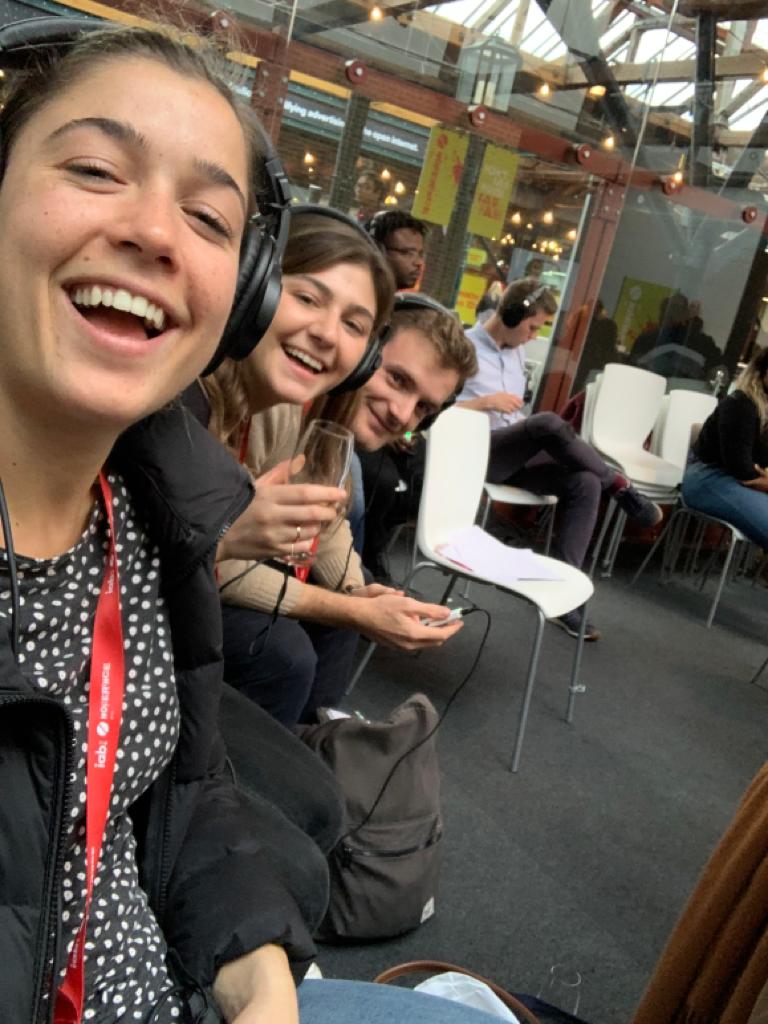
That’s it from Jamie and I at TIPi Group who certainly enjoyed our day of learning and interactivity at Nonference. If you liked this, read the blog from Rabbit & Pork for a summary of their Voice Workshop – ‘A Carnival of Creativity’


